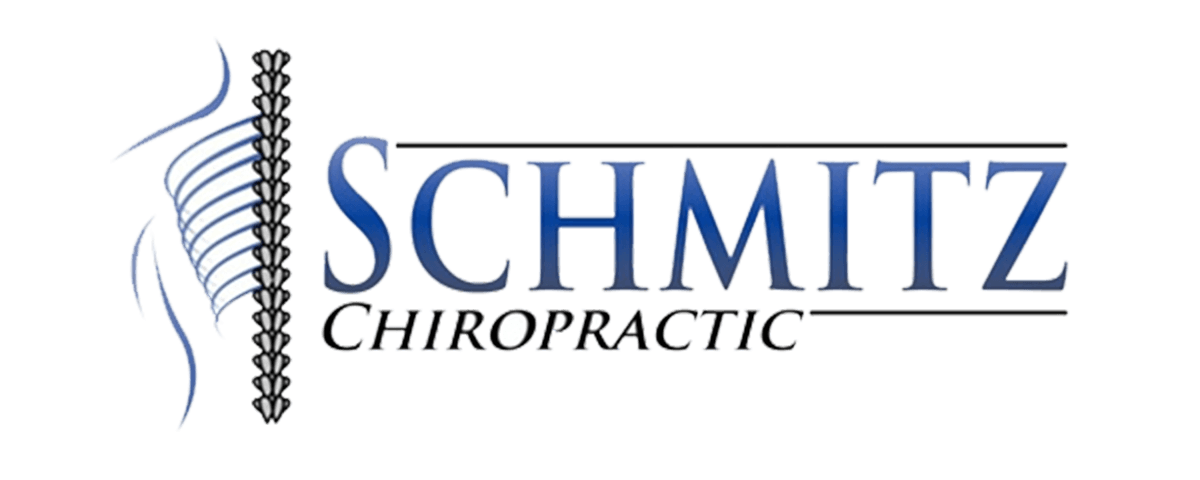As a TPI (Titleist Performance Institute) certified medical professional and chiropractic physician, I use a specific screening process to determine why and where a problem is coming from, whether it is balance issue, a strength issue, or possibly a muscular endurance issue. Once I have diagnosed the problem, I then create a customized exercise routine, as well as a treatment plan to attain not only a more consistent golf swing, but a healthier golf swing as well.
Of all of the dysfunction/compensation patterns, the most common mechanical breakdown of the golf swing is when a golfer loses his posture. According to the Titleist Performance Institute, a “loss of posture” is the most common mechanical failure of the golf swing, which can of course lead to injury. A loss of posture is defined as “a considerable alteration from your body’s original set up angles during your golf swing.” We’ve all played with someone who takes a backswing that nearly knocks them off of the tee box, and makes an even more violent lash returning to the golf ball. In my experience, this disaster of a golf swing usually does not produce a very consistent or desirable ball flight, or destination. When you lose your posture, it can affect all aspects of your swing from the ground up. Timing, balance and loss of rhythm are all consequences of this particular swing fault.
As I did, you all are wondering how or why a loss of posture might happen. Titleist research has shown that the inability to perform a full deep squat can predict whether or not a player is prone to losing their posture. With that said, the TPI screening process will always involve the testing of a player’s ability to perform a full deep squat, as well as many other tests.. The most common reason for failure to perform a full deep squat is stiffness, or weakness in a variety of muscles and/or joints. This is where a TPI medical professional, especially a chiropractor comes into the equation. One of the main goals that a chiropractor has with every patient is to restore motion to a joint that has lost its mobility, and to create stability where instability is found. The core musculature (glutes and abs) plays a large role in being able to perform a full deep squat, and thus greatly helps in the stabilization of the golf swing as well.
I think by this time, knowing all of my patients are very astute, you have all got the picture that a loss of posture in the golf swing can ruin one’s game. Whether it causes you to hit a block to the right or a hook to the left, it all comes back to your body’s starting point (posture and overall set up), and its ability to resist changes during the swing. I have spent most of this article explaining the reasons for why or how the golf swing can go wrong, so what you are probably wondering at this point is how you can correct and/or prevent these issues from happening to you.
First of all, you should have your swing mechanics problems diagnosed by a TPI team member, and then secondly have the problem corrected/prevented by a TPI medical professional. In the meantime, you can strengthen your abs and glutes; stretch your hip flexors and pecs; and have your hips and shoulder mobilized by a chiropractor. Just as you get more out of having a personal trainer at the gym than “sweating to the oldies” at home, so is getting checked out by a TPI member than trying to figure this wicked game of golf out on your own. I look forward to helping any of you that are willing to bring your game to the next level, and to help keep you out of urgent care after a late round at the country club or muny course. To learn more about TPI (Titleist Performance Institute), and how to set up a golf specific assessment, call 636-464-8828.


